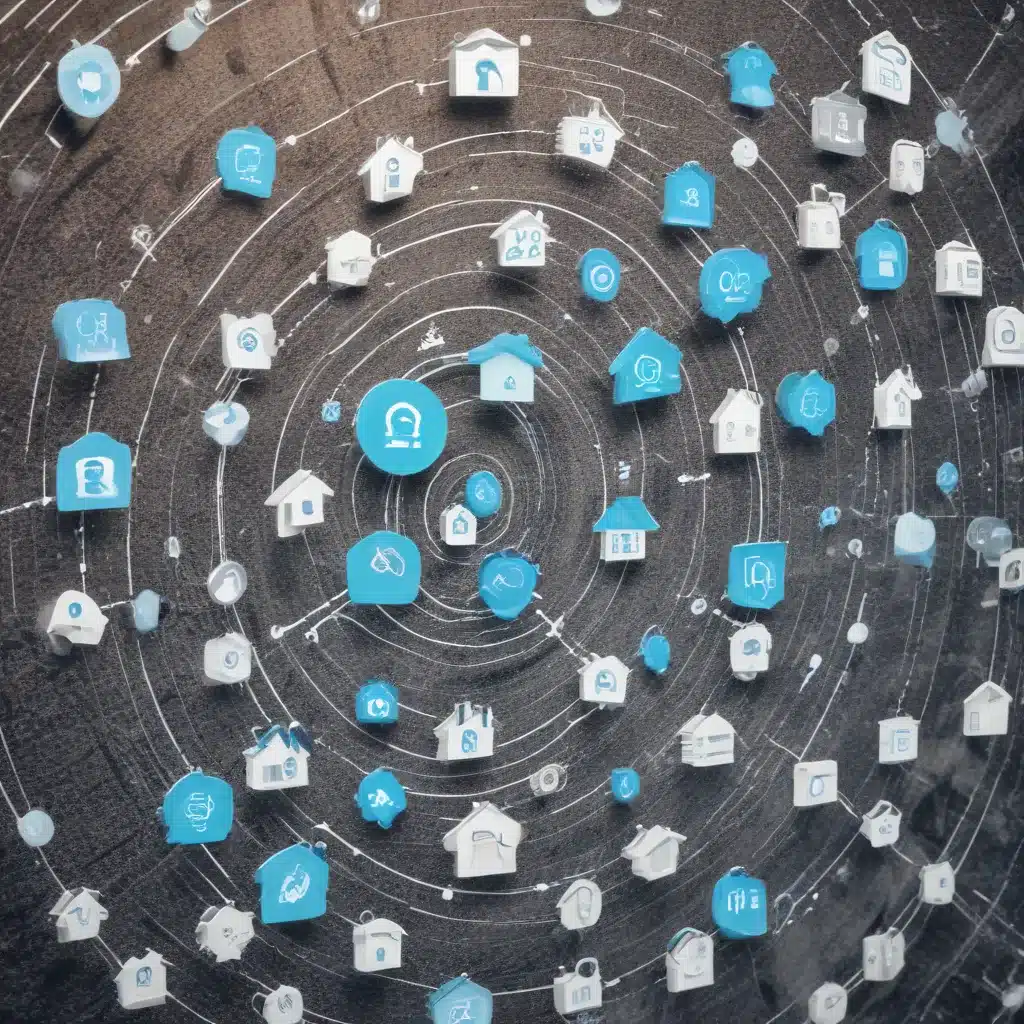
Embracing the IoT Revolution: Opportunities and Challenges
The Internet of Things (IoT) has transformed the technological landscape, ushering in a new era of interconnectivity and data-driven innovation. As IoT devices and applications become increasingly ubiquitous, the regulatory landscape surrounding their deployment has become increasingly complex. Organizations navigating the IoT ecosystem must navigate a web of evolving regulations, industry standards, and best practices to ensure compliance and mitigate risks.
The Rise of IoT: Unlocking New Frontiers
The IoT revolution has unlocked a world of possibilities, empowering businesses and individuals to harness the power of connected devices. From smart homes and wearable technologies to industrial automation and smart city infrastructure, IoT has permeated nearly every facet of our lives. This interconnected ecosystem has the potential to enhance efficiency, improve decision-making, and deliver unprecedented levels of convenience and personalization.
The Regulatory Landscape: Keeping Pace with Rapid Change
However, the rapid growth of IoT has also given rise to a complex web of regulatory requirements and compliance challenges. Governments and industry bodies have been working to establish guidelines and standards to ensure the responsible and secure deployment of IoT technologies. These regulations aim to address concerns around data privacy, cybersecurity, consumer protection, and public safety.
Navigating the Compliance Minefield: Key Considerations
Ensuring IoT regulatory compliance requires a multifaceted approach that considers the unique challenges and nuances of this dynamic landscape. Here are some of the key considerations organizations must address:
Data Privacy and Security
The proliferation of IoT devices means that vast amounts of personal and sensitive data are being generated, collected, and transmitted. Compliance with data privacy regulations, such as the General Data Protection Regulation (GDPR) and the California Consumer Privacy Act (CCPA), is paramount. Implementing robust data security measures, including encryption, access controls, and breach response protocols, is essential to protect user privacy and maintain trust.
Cybersecurity Risks
IoT devices, by their interconnected nature, present a significant attack surface for cybercriminals. Poorly secured IoT systems can be exploited to gain unauthorized access, disrupt operations, or compromise sensitive information. Adhering to industry-specific cybersecurity standards, such as the NIST Cybersecurity Framework or the IoT Security Foundation’s guidelines, is crucial to mitigate these risks.
Interoperability and Compatibility
The IoT ecosystem is characterized by a diverse array of devices, platforms, and protocols. Ensuring seamless interoperability and compatibility between these components is essential to enable secure and reliable data exchange. Compliance with industry-recognized interoperability standards, such as those developed by organizations like the Industrial Internet Consortium (IIC) or the Open Connectivity Foundation (OCF), can help organizations navigate this challenge.
Product Safety and Liability
IoT devices, particularly those used in critical infrastructure or medical applications, must adhere to stringent safety standards to protect users and the public. Compliance with product safety regulations, such as Underwriters Laboratories (UL) standards or the International Electrotechnical Commission (IEC) guidelines, is crucial to ensure the safety and reliability of IoT products.
Environmental Impact and Sustainability
The proliferation of IoT devices has raised concerns about their environmental impact, particularly in terms of energy consumption and e-waste. Compliance with environmental regulations, such as the Restriction of Hazardous Substances (RoHS) directive or the Waste Electrical and Electronic Equipment (WEEE) directive, can help organizations mitigate their environmental footprint and contribute to a sustainable IoT ecosystem.
Strategies for Effective IoT Regulatory Compliance
Navigating the evolving landscape of IoT regulatory compliance requires a comprehensive and proactive approach. Here are some key strategies organizations can adopt to ensure best practices:
Establish a Robust Compliance Framework
Develop a comprehensive compliance framework that aligns with relevant regulations, industry standards, and best practices. This framework should encompass policies, procedures, and processes that address data privacy, cybersecurity, product safety, and environmental sustainability.
Implement Continuous Monitoring and Adaptation
Continuously monitor the regulatory landscape and industry developments to identify emerging compliance requirements. Regularly review and update the compliance framework to ensure it remains up-to-date and responsive to changes.
Engage in Collaborative Efforts
Participate in industry forums, working groups, and regulatory discussions to stay informed about the latest developments and contribute to the shaping of IoT regulations. Collaboration with peers, industry associations, and regulatory bodies can help organizations stay ahead of the curve and influence the direction of IoT compliance.
Invest in IoT-Specific Expertise
Hire or partner with professionals who have specialized knowledge and expertise in IoT compliance. These individuals can provide valuable insights, guidance, and support in navigating the complex regulatory environment.
Prioritize Transparency and Stakeholder Engagement
Foster a culture of transparency and clear communication with stakeholders, including customers, regulators, and the public. Proactively share information about compliance efforts, security measures, and data privacy practices to build trust and demonstrate a commitment to responsible IoT deployment.
Leverage Advanced Technologies for Compliance
Embrace the use of advanced technologies, such as artificial intelligence, machine learning, and blockchain, to automate compliance processes, enhance data security, and streamline regulatory reporting. These technologies can help organizations stay ahead of the curve and maintain a competitive edge.
Embracing the Future of Responsible IoT
As the IoT landscape continues to evolve, organizations must remain vigilant and proactive in their approach to regulatory compliance. By adopting a comprehensive compliance strategy, collaborating with industry peers, and harnessing the power of innovative technologies, organizations can navigate the complex regulatory environment and unlock the full potential of the IoT revolution.
Ultimately, responsible and compliant IoT deployment is not just a necessity, but a strategic imperative. By embracing this challenge, organizations can position themselves as leaders in the IoT space, fostering trust, innovation, and sustainable growth. The future of IoT is one of boundless possibilities, and by navigating the evolving landscape of regulatory compliance, organizations can pave the way for a more connected, secure, and sustainable world.
To learn more about IoT regulatory compliance best practices and how IT Fix can support your organization’s IoT initiatives, visit our website or reach out to our team of IoT experts.












